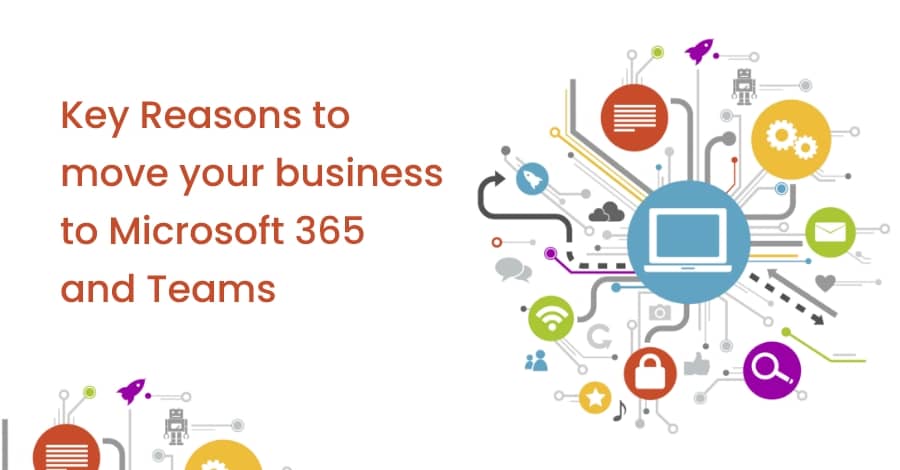
19 Jun End Point Security Best Practices for Financial Institutions
19 June 2023

In today’s digital age, endpoint security best practices are of utmost importance for financial institutions. With sensitive customer data and financial transactions at stake, implementing effective measures to secure individual devices or endpoints is crucial. Endpoint security refers to safeguarding desktop computers, laptops, and mobile devices against potential threats.
In this article, we will explore eight best practices for endpoint security in financial institutions. By following these practices, institutions can ensure robust cybersecurity. These measures include regular software updates and patches, implementing strong access controls, utilizing multi-factor authentication, encrypting sensitive data, conducting regular security audits, training employees on security awareness, monitoring and responding to security incidents promptly, and implementing a comprehensive incident response plan.
Adhering to these best practices will help financial institutions protect their systems and maintain the confidentiality, integrity, and availability of critical data.
End Point Security Best Practices for Financial Institutions
- Regular Software Updates and Patch Management:
Financial institutions should prioritize regular software updates and patch management across all endpoints. Keeping operating systems, applications, and security software up to date is essential for addressing vulnerabilities and preventing cyberattacks. Outdated software can serve as a gateway for hackers to exploit system weaknesses, making regular updates a critical security measure.
- Strong Password Policies:
Implementing strong password policies is crucial for maintaining end point security. Financial institutions should enforce the use of complex passwords that include a combination of uppercase and lowercase letters, numbers, and special characters. Additionally, encouraging employees to regularly change their passwords can further enhance security.
- Multi-Factor Authentication (MFA):
Enabling multi-factor authentication adds an extra layer of security to endpoint devices. By requiring users to provide additional verification factors, such as a fingerprint scan or a one-time passcode, financial institutions can significantly reduce the risk of unauthorized access and identity theft.
- Encryption of Sensitive Data:
Financial institutions deal with vast amounts of sensitive data, including customer information and financial records. Encrypting this data ensures that even if it falls into the wrong hands, it remains unreadable and unusable. Employing robust encryption techniques, such as end-to-end encryption and encryption at rest, helps safeguard sensitive information from unauthorized access.
- Employee Education and Training:
Educating employees about cybersecurity threats and best practices is vital for maintaining a strong security posture. Financial institutions should conduct regular training sessions to raise awareness about phishing attacks, social engineering tactics, and safe browsing habits. By fostering a culture of cybersecurity awareness, employees become an integral part of the institution’s defense against cyber threats.
- Endpoint Detection and Response (EDR):
Endpoint detection and response solutions provide real-time monitoring and threat detection capabilities. These tools help financial institutions identify and respond to potential security breaches swiftly. EDR systems can detect anomalies, malicious activities, and suspicious behavior on endpoint devices, allowing proactive threat mitigation.
- Regular Data Backups:
Performing regular backups of critical data is essential for quick recovery in the event of a security breach or data loss incident. Financial institutions should establish automated backup processes to ensure that important data is continuously protected and can be restored in case of an emergency. Off-site backups or cloud storage solutions offer an additional layer of redundancy.
- Network Segmentation:
Segmenting the network helps minimize the impact of a security breach by isolating sensitive data and restricting unauthorized access. Financial institutions should separate their internal networks into different segments, such as guest networks, employee networks, and administrative networks. This practice limits lateral movement and contains potential threats, making it easier to detect and mitigate any security incidents.
Conclusion
Ensuring robust endpoint security practices is paramount in safeguarding financial institutions against cyber threats. By implementing best practices for endpoint security, such as regular software updates, strong password policies, multi-factor authentication, data encryption, employee education, endpoint detection and response, regular data backups, and network segmentation, institutions can fortify their security posture. These measures are crucial for protecting sensitive customer data, maintaining regulatory compliance, and fostering trust among clients.
To schedule a consultation or request more information, please contact us today. Together, we can ensure the security and resilience of your financial institution in the face of evolving cyber threats.
Our Related Posts
Key Reasons to move your business to Microsoft 365 and Teams
As we all know, the world of work is changing. With new technology and changing business demands....
Microsoft 365 – empowering everyone for the Hybrid World
Every year, Power Apps comes with new ideas to tune the design and improve its AI model to make ideas work better....
Reasons Why Microsoft Teams Is Perfect for Healthcare Industry
The healthcare industry is an ever-evolving world. With a rapidly changing landscape, healthcare organizations....





No Comments